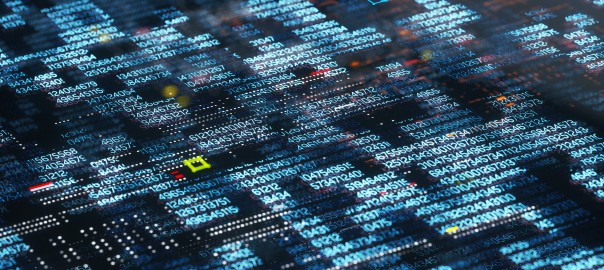We expect a continued increase in the utilization of AR in 2021. The iPhone 12 contains LiDAR technology, which enables the use of ARKit 4, greatly enhancing the possibilities for developers. When creating an AR application, developers must consider a variety of methods for triggering the experience and answer several questions before determining what approach will best facilitate the creation of a digital world for their users. For example, what content will be displayed? Where will this content be placed, and in what context will the user see it?
Markerless AR can best be used when the user needs to control the placement of the AR object. For example, the IKEA Place app allows the user to place furniture in their home to see how it fits.
Location-based AR roots an AR experience to a physical space in the world, as we explored previously in our blog Learn How Apple Tightened Their Hold on the AR Market with the Release of ARKit 4. ARKit 4 introduces Location Anchors, which enable developers to set virtual content in specific geographic coordinates (latitude, longitude, and altitude). To provide more accuracy than location alone, location anchors also use the device’s camera to capture landmarks and match them with a localization map downloaded from Apple Maps. Location anchors greatly enhance the potential for location-based AR; however, the possibilities are limited within the 50 cities which Apple has enabled them.
Marker-based AR remains the most popular method among app developers. When an application needs to know precisely what the user is looking at, accept no substitute. In marker-based AR, 3D AR models are generated using a specific marker, which triggers the display of virtual information. There are a variety of AR markers that can trigger this information, each with its own pros and cons. Below, please find our rundown of the most popular types of AR markers.
FRAMEMARKERS
The most popular AR marker is a framemarker, or border marker. It’s usually a 2D image printed on a piece of paper with a prominent border. During the tracking phase, the device will search for the exterior border in order to determine the real marker within.
Framemarkers are similar to QR Codes in that they are codes printed on images that require handheld devices to scan, however, they trigger AR experiences, whereas QR codes redirect the user to a web page. Framemarkers are a straightforward and effective solution.
Framemarkers are particularly popular in advertising applications. Absolut Vodka’s Absolute Truth application enabled users to scan a framemarker on a label of their bottle to generate a slew of more information, including recipes and ads.
GameDevDad on Youtube offers a full tutorial of how to create framemarkers from scratch using Vuforia Augmented Reality SDK below.
NFT MARKERS
NFT, or Natural Feature Tracking, enable camera’s to trigger an AR experience without borders. The camera will take an image, such as the one above, and distill down it’s visual properties as below.
The result of processing the features can generate AR, as below.
The quality and stability of these can oscillate based on the framework employed. For this reason, they are less frequently used than border markers, but function as a more visually subtle alternative. A scavenger hunt or a game employing AR might hide key information in NFT markers.
Treasury Wine Estates Living Wine Labels app, displayed above, tracks the natural features of the labels of wine bottles to create an AR experience which tells the story of their products.
OBJECT MARKERS
The toy car above has been converted into an object data field using Vuforia Object Scanner.
Advancements in technology have enabled mobile devices to solve the issue of SLAM (simultaneous localization and mapping). The device camera can extract information in-real time, and use it to place a virtual object in it. In some frameworks, objects can become 3D-markers. Vuforia Object Scanner is one such framework, creating object data files that can be used in applications for targets. Virtual Reality Pop offers a great rundown on the best object recognition frameworks for AR.
RFID TAGS
Although RFID Tags are primarily used for short distance wireless communication and contact free payment, they can be used to trigger local-based virtual information.
While RFID Tags are not widely employed, several researchers have written articles about the potential usages for RFID and AR. Researchers at the ARATLab at the National University of Singapore have combined augmented reality and RFID for the assembly of objects with embedded RFID tags, showing people how to properly assemble the parts, as demonstrated in the video below.
SPEECH MARKERS
Speech can also be used as a non-visual AR marker. The most common application for this would be for AR glasses or a smart windshield that displays information through the screen requested by the user via vocal commands.
CONCLUSION
Think like a user—it’s a staple coda for app developers and no less relevant in crafting AR experiences. Each AR trigger offers unique pros and cons. We hope this has helped you decide what is best equipped for your application.
In our next article, we will explore the innovation at the heart of AIoT, the intersection of AI and the Internet of Things.










































